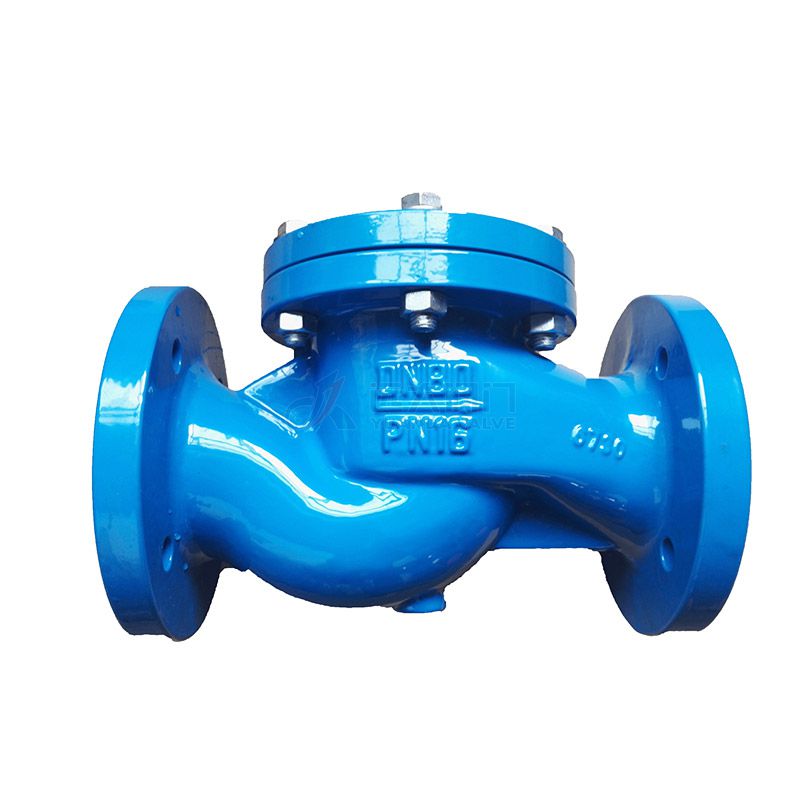What Check Valve Should I Use for my Application?
From industrial gas lines to household appliances, from wastewater treatment to pharmaceutical processing, from fuel pumps to air compressors, the functionality of check valves remains diverse, running the gamut through a myriad of liquid, gas, and slurry applications.
Though check valves appear in a variety of forms, the fundamental premise of these units remains similar: a typically self-operated device that opens to allow flow in one direction but closes to prevent or limit flow in the reverse direction. Initial cost, basic familiarity, required maintenance, piping orientation, and process media all prove factors that can influence the selection of a particular style of the check valve.
Swing Check Valves
The conventional swing check valve serves as one of the more widely recognized check valve varieties. This arrangement incorporates a circular disc whose face rests perpendicular to the flow path when in the closed position. The hinge at the top of the disc allows this flapper to swing open when the media flows in the desired direction. When flow begins to reverse in the opposite direction, the retroaction of the service media pushes against the disc forcing it closed and thus preventing further backflow.
Further, reliance on this backflow leaves this water check valve configuration susceptible to impacts of water hammer frequently leading to increased maintenance. Additionally, as the design needs to accommodate the rotation of the full disc out of the flow path, swing checks can grow obtrusively bulky in larger sizes.
Tilting Disc Check Valves
A tilting disc check valve modifies the traditional swing check design by eliminating the hinge at the top edge of the disc in favor of a pivot point situated with a double offset from the disc’s center. This eccentric placement of the pivot point means that, although the disc will not fully clear the flow path as in a traditional swing check, it will impede the flow-path less than a centrally placed hinge point while still allowing flow both above and below the disc when resting in the open position. This design offers several advantages including the ability of the valve to open at lower pressures.
Dual Disc Check Valves
A dual-disc check valve, also known as a double door check valve, splits the central disc into two independently functional, semicircular doors both hinged on a central pivot point. Unlike other rotationally operating checks, this dual-disc configuration allows the valve to assume a wafer type design that occupies a significantly more compact space envelope, especially in larger sizes.
Further, this design relies on spring force to keep the discs against the seat when resting in the closed position. When the upstream pressure eclipses the cracking pressure of the check valve, the doors open allowing flow to pass. However, as that upstream pressure decreases, the spring force automatically returns the doors to the closed position. This spring-assist proves significant in that it does not rely on a reversal of flow to close the valve, but rather the spring force enables the dual discs to fully seat before flow reverses.
Ball and Piston Check Valves
The traditional swing check valve, tilting disc check valve, and double door check valve all employ rotating members as the opening and closing element of the respective valve designs. Alternative configurations, such as ball checks or piston checks, have no rotational members but instead use a sealing element that lifts linearly off the seat to open the valve. Many of these lift check devices employ gravity, as opposed to a spring or flow reversal, as the force which returns the disc or ball to the seat to seal the one-way valve.
source: yuandavalves.com
Silent and Restrictor Check Valves
Y-type check valves


评论
发表评论